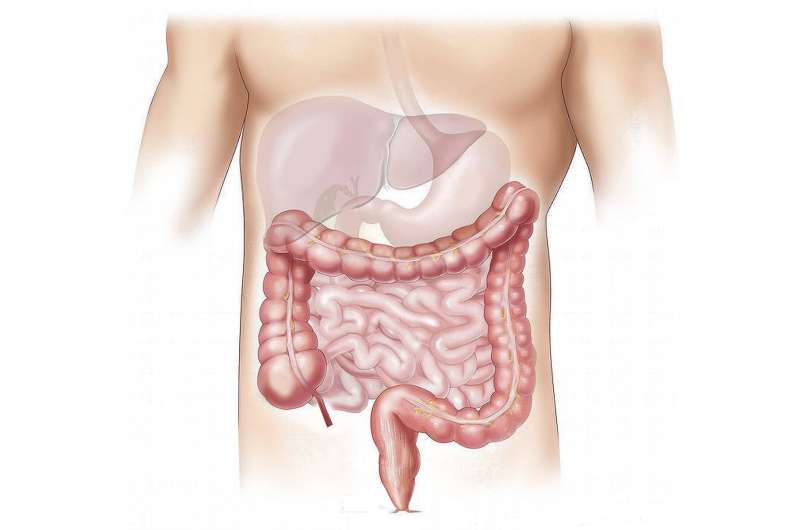Study Reveals Female Pilots Excel Under Pressure

New research highlights that female pilots outperform males in high-pressure flight scenarios, suggesting the need to rethink pilot evaluation and training systems for greater safety and inclusivity.
Recent research conducted by the University of Waterloo indicates that female pilots may have an edge over their male counterparts when performing under stressful flight conditions. The study, titled "Exploring gender differences in aviation: Integrating high-fidelity simulator performance and eye-tracking approaches in low-time pilots," was presented at the 2025 Symposium on Eye Tracking Research and Applications (ETRA '25). It challenges conventional assumptions by suggesting that women possess unique strengths that could significantly enhance pilot training and safety protocols.
The investigation involved 20 experienced general aviation pilots—10 women and 10 men—who flew through various standard and emergency scenarios in a high-fidelity flight simulator. Throughout each session, researchers tracked the pilots' gaze patterns and response accuracy, revealing that despite similar visual attention and flight experience, female pilots made fewer errors when under increased stress.
Interestingly, both genders focused on the same information during flights, yet women demonstrated greater consistency and precision in their responses amidst pressure. Lead researcher Naila Ayala emphasized that these findings suggest current evaluation metrics should be expanded to recognize diverse strengths among pilots.
Additionally, eye-tracking data showed nearly identical visual focus across genders, but female pilots maintained better control, notably in stressful situations like engine failures or challenging landings. This points to the importance of looking beyond surface-level indicators and considering deeper cognitive and decision-making abilities in pilot assessments.
The study's use of a flight simulator with eye-tracking technology aimed to understand how pilots react when faced with unexpected emergencies. The findings could inform future pilot training programs to harness the full potential of all pilots, promoting safer and more inclusive aviation systems.
According to Suzanne Kearns, an associate professor involved in the research, understanding individual differences under pressure is vital for developing better safety protocols and training methods. As the aviation industry faces a pilot shortage, tapping into the full spectrum of skills and strengths, regardless of gender, becomes increasingly important.
This research underscores that evaluating pilot performance should incorporate behavioral and cognitive insights, not just visual attention or experience, paving the way for more comprehensive and equitable pilot selection and training processes.
Source: https://medicalxpress.com/news/2025-07-female-pressure.html
Stay Updated with Mia's Feed
Get the latest health & wellness insights delivered straight to your inbox.
Related Articles
A Vitamin B1 Derivative Boosts Wakefulness and Physical Activity, Study Shows
A new study from the University of Tsukuba reveals that a modified form of vitamin B1, TTFD, can boost wakefulness and physical activity by increasing dopamine levels in the brain, opening new avenues for energy and arousal enhancement.
Are Probiotics a Cost-Effective Strategy to Prevent Infection Post-Colon Surgery?
A UCLA study evaluates the cost-effectiveness of probiotics in preventing pouchitis after colon removal surgery, highlighting benefits for frequent relapses but questioning overall economic value.
Understanding Developmental Changes in Neurotransmitter Receptors in the Fly Brain
New research reveals how neurotransmitter receptors in the fruit fly brain change during development, offering insights into synapse formation, regulation, and neural adaptability.



